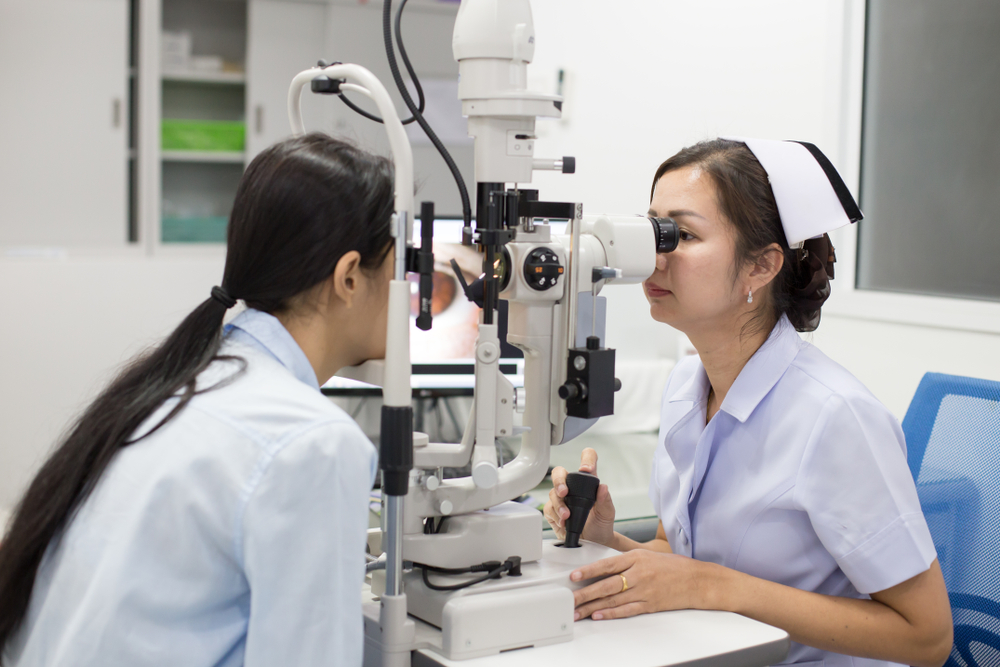Glaucoma is a leading cause of blindness worldwide, affecting approximately 80 million people. Glaucoma is the leading cause of irreversible blindness in Asia.
It is a progressive eye disease that damages the optic nerve, leading to vision loss and, in severe cases, blindness. While glaucoma cannot be cured, early detection and treatment can prevent or slow down its progression. In this article, we will explore the importance of early detection and treatment of glaucoma.
What Causes Glaucoma?
Glaucoma is caused by the buildup of pressure in the eye, which damages the optic nerve. The optic nerve is responsible for transmitting visual information from the eye to the brain. When the optic nerve is damaged, vision loss occurs. While high intraocular pressure is a major risk factor for glaucoma, it is not the only one. Other risk factors include age, family history, race, and medical conditions such as diabetes and high blood pressure.
The prevalence of glaucoma is highest in Japan, followed by Korea, China, and India. In China, it is estimated that approximately 6.7 million people have glaucoma, and this number is expected to increase to 21.5 million by 2040. In India, it is estimated that there are over 12 million people with glaucoma, making it the second leading cause of blindness after cataracts.
The Importance of Early Detection
People often call glaucoma the “silent thief of sight” because it progresses slowly and without symptoms until the advanced stages. Unfortunately, by this point, irreversible vision loss has already occurred. Therefore, early detection is crucial to prevent vision loss and blindness. Regular eye exams are recommended, especially for individuals at high risk for developing glaucoma.
Diagnosing Glaucoma
During a comprehensive eye exam, an ophthalmologist will perform various tests to check for signs of glaucoma. These tests include measuring intraocular pressure, examining the optic nerve, and performing visual field tests. The doctor may also use imaging tests such as optical coherence tomography (OCT) to get a detailed picture of the optic nerve and retina.
Treatment Options
While there is no cure for glaucoma, treatment options are available to slow down its progression and prevent vision loss. The most common treatment is the use of eye drops to lower intraocular pressure. Laser surgery and traditional surgery are also options for patients with advanced glaucoma. The choice of treatment depends on the severity of the disease and the patient’s overall health.
The Role of Patient Education
Patient education is essential in the management of glaucoma. Patients need to understand the importance of adhering to their treatment plan and attending regular follow-up appointments with their ophthalmologist. They also need to be aware of the signs and symptoms of glaucoma, which include blurry vision, halos around lights, and loss of peripheral vision.
Conclusion
Glaucoma is a progressive eye disease that can lead to irreversible vision loss and blindness. However, early detection and treatment can slow down its progression and prevent vision loss. Regular eye exams and patient education are crucial in its management. If you are at risk for developing glaucoma or have noticed changes in your vision, contact an ophthalmologist to schedule a comprehensive eye exam. Remember, early detection can save your sight.














